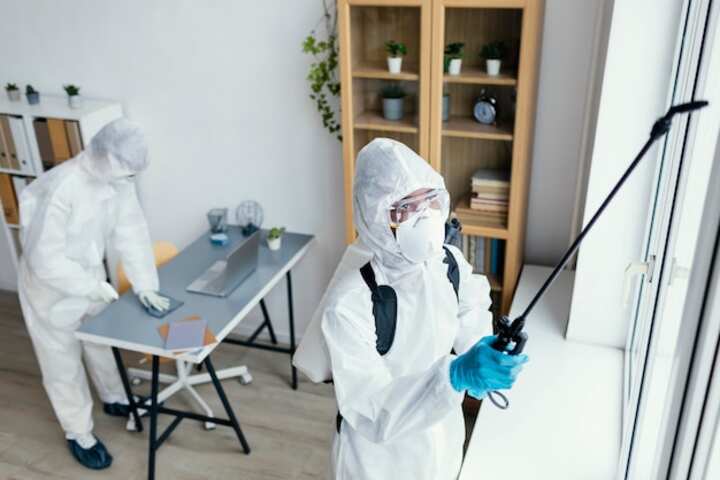
The Ultimate Guide to Home Mold Remediation and Removal
Mold growth in homes is a common issue that can lead to serious health problems and structural damage if not addressed promptly. Whether it's a small patch in the bathroom or extensive growth in the attic, mold remediation and removal are crucial for maintaining a healthy living environment. This guide provides comprehensive information on identifying, removing, and preventing mold to ensure your home remains safe and mold-free.
Understanding Mold: What You Need to Know
Mold is a type of fungus that thrives in damp, humid environments. It reproduces through tiny spores that are invisible to the naked eye and can be found both indoors and outdoors. While mold plays a crucial role in nature by breaking down dead organic matter, its presence indoors can be problematic.
Common Types of Indoor Mold
- Aspergillus: Often found in house dust and can cause respiratory issues.
- Cladosporium: Can grow in cool and warm areas and often appears on fabrics and wood surfaces.
- Stachybotrys: Also known as black mold, it is notorious for its potential to cause severe health effects.
For a deeper understanding of mold types and their effects, read more about this topic.
Identifying Mold in Your Home
Mold can be identified by its musty odor and its appearance, which can range from black, green, white, or even orange. It often grows in hidden places like behind wallpaper, under carpets, and inside walls. Regular inspections and a keen sense of smell can help in early detection.
Signs of Mold Growth
- Persistent musty odors in certain areas.
- Visible mold growth on surfaces.
- Water damage, leaks, or past flooding incidents.
- Increased allergy or asthma symptoms in residents.
Explore further insights here to identify mold effectively.
Steps for Mold Remediation and Removal
Successfully removing mold involves a systematic approach that ensures the complete eradication of mold spores and prevents future growth. Here are the essential steps involved:
Assessment and Containment
- Conduct a thorough inspection to assess the extent and source of the mold problem.
- Isolate the contaminated area to prevent the spread of mold spores during removal.
Removal and Cleaning
- Use appropriate personal protective equipment (PPE) such as gloves, goggles, and masks.
- Remove all contaminated materials, including drywall, insulation, and carpets.
- Clean and disinfect surfaces with specialized cleaning agents.
Drying and Restoration
- Ensure the area is thoroughly dried using dehumidifiers and fans.
- Repair any leaks or sources of moisture to prevent future mold growth.
- Restore the area to its original condition by replacing removed materials.
Learn more in this detailed guide about mold remediation techniques.
Preventing Mold Growth
After successful mold removal, prevention is key to ensuring mold does not return. Implementing the following strategies can significantly reduce the risk of mold growth:
Effective Prevention Strategies
- Maintain indoor humidity levels below 60% using dehumidifiers and air conditioners.
- Ensure proper ventilation in kitchens, bathrooms, and laundry areas.
- Promptly repair leaks in roofs, walls, and plumbing systems.
- Regularly clean and maintain HVAC systems.
Find additional information here on how to prevent mold effectively.
Conclusion
Mold remediation and removal is a critical process that requires careful attention and action. By understanding mold, identifying signs of its growth, following proper removal procedures, and implementing prevention strategies, homeowners can effectively manage and eliminate mold risks. For more comprehensive information and guidance, explore further insights here.